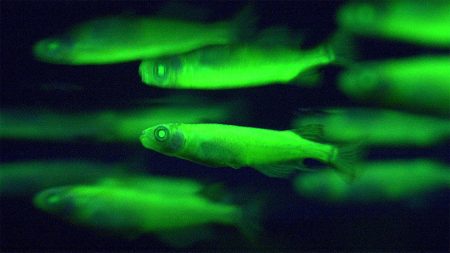A new study has reignited the controversial claim that certain materials can become superconductors at temperatures far above their normal limit when subjected to brief intense laser pulses. Superconductors transmit electricity without resistance and typically only do so at low temperatures. Since 2011, scientists have been claiming that some materials can briefly exhibit superconductivity at temperatures like room temperature when exposed to ultrashort laser pulses. The recent study has added evidence to this claim, but skepticism remains among physicists regarding this unusual phenomenon.
One of the major hallmarks of superconductivity is the Meissner effect, where a material expels magnetic fields when it becomes a superconductor. Physicists now report seeing this phenomenon in cuprates when they are hit with light, indicating a potential superconducting state. The cuprates used in the study have previously shown signs of light-induced superconductivity, so this observation is considered a strong indication of the validity of the claim. However, not all experts are convinced that this change in the material’s properties necessarily equates to true superconductivity, suggesting that other effects could be at play.
The scientific community remains intrigued by the idea that light could create superconductivity in materials, an unexpected and controversial notion. Technological advancements like high-temperature superconductors could revolutionize power transmission systems and lead to significant energy savings. The study conducted by Cavalleri and his team focused on the Meissner effect as a key indicator of superconductivity in cuprates. This effect is no easy to measure, especially on picosecond timescales, which required the development of a novel technique.
Using a crystal of gallium phosphide near the cuprate material, the researchers were able to measure changes in magnetic fields occurring on extremely fast timescales. The experiments involved hitting the material with a laser and then observing changes in the second laser beam’s polarization due to the magnetic field. The results indicated that the material exhibited the Meissner effect in response to the laser pulse, highlighting the potential for induced superconductivity. However, further research is needed to confirm the findings and understand the underlying physical mechanisms at play.
Debate among physicists continues regarding whether the observed magnetic field expulsion truly signifies superconductivity as conventionally defined. While some researchers are convinced by the results, others caution that the phenomenon could be attributed to different effects associated with intense light exposure. The complexity of the underlying physics and the possibility of small-scale superconducting currents being amplified contribute to the ongoing uncertainty. Regardless, the study raises important questions and sparks curiosity within the scientific community about the nature of this intriguing phenomenon.















